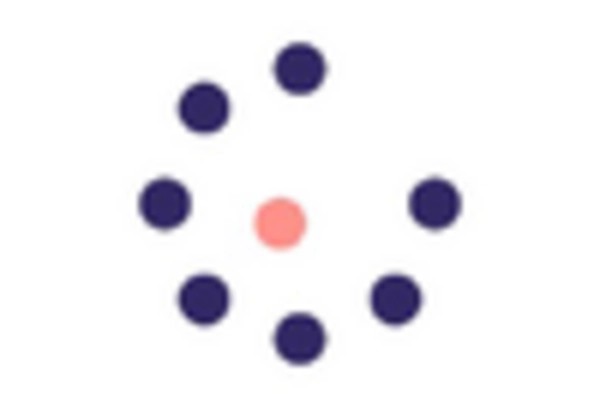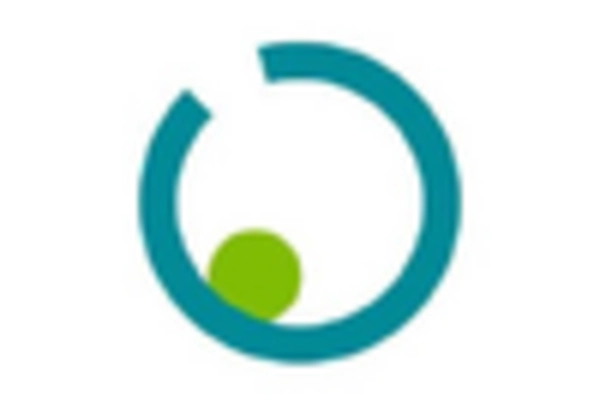Legal and Regulatory Frameworks
The Fertility Tourism Market is shaped by varying legal and regulatory frameworks across different countries. Some nations have more favorable laws regarding assisted reproductive technologies, which can significantly impact patient decisions. For instance, countries like Greece and Portugal have established regulations that support fertility treatments, including egg donation and surrogacy, attracting international patients. In contrast, restrictive laws in certain regions may deter individuals from seeking treatment locally. This disparity creates a landscape where patients are more inclined to travel to countries with supportive legal environments, thereby fueling the growth of the Fertility Tourism Market. As regulations evolve, the market may experience further shifts in patient preferences and destination choices.
Cost-Effectiveness of Treatments
The Fertility Tourism Market is increasingly driven by the cost-effectiveness of fertility treatments in various countries. Many individuals and couples seek affordable options outside their home countries, where treatment costs can be prohibitively high. For instance, countries like India and Thailand offer advanced reproductive technologies at a fraction of the price compared to Western nations. This price disparity encourages patients to explore fertility tourism as a viable alternative. Additionally, the overall expenses associated with travel, accommodation, and treatment often remain lower than the costs incurred in their home countries. As a result, the Fertility Tourism Market continues to expand, attracting a diverse clientele seeking financial relief while pursuing their dreams of parenthood.
Cultural Acceptance and Awareness
Cultural acceptance and awareness surrounding fertility treatments play a crucial role in the Fertility Tourism Market. In many societies, there is a growing recognition of infertility as a medical condition, leading to increased openness about seeking treatment. This shift in perception encourages individuals to explore options beyond their borders, particularly in countries where fertility treatments are widely accepted and promoted. For example, nations like Israel and Canada have established supportive communities and resources for those facing infertility challenges. As cultural attitudes continue to evolve, the Fertility Tourism Market is likely to benefit from a broader acceptance of assisted reproductive technologies, resulting in increased patient inquiries and travel for treatment.
Advancements in Medical Technology
The Fertility Tourism Market is significantly influenced by advancements in medical technology. Innovations in assisted reproductive technologies, such as in vitro fertilization (IVF) and preimplantation genetic testing, have enhanced success rates and patient experiences. Countries that invest in cutting-edge medical facilities and technologies attract patients seeking the best possible outcomes. For example, clinics in Spain and the Czech Republic are renowned for their state-of-the-art equipment and highly skilled professionals. This technological edge not only improves treatment efficacy but also instills confidence in patients, making them more likely to travel for these services. Consequently, the Fertility Tourism Market thrives as patients prioritize quality and success in their fertility journeys.
Integration of Holistic Approaches
The Fertility Tourism Market is increasingly integrating holistic approaches to fertility treatments, which appeal to a growing segment of patients. Many individuals seek not only medical interventions but also complementary therapies that promote overall well-being. Clinics that offer a combination of traditional fertility treatments with wellness services, such as acupuncture, nutrition counseling, and stress management, are becoming more popular. This trend reflects a broader understanding of the mind-body connection in reproductive health. Countries that embrace this integrative model, such as Mexico and Costa Rica, attract patients looking for a comprehensive approach to their fertility journey. As the demand for holistic care rises, the Fertility Tourism Market is likely to expand, catering to the diverse needs of patients.


















Leave a Comment